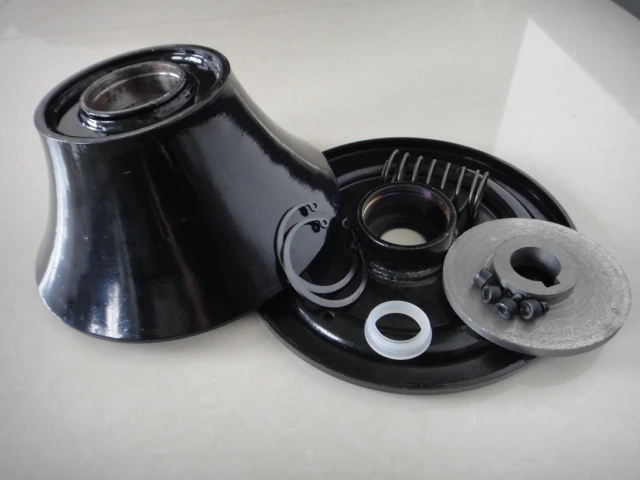 Afrikaans
Afrikaans  Albanian
Albanian  Amharic
Amharic  Arabic
Arabic  Armenian
Armenian  Azerbaijani
Azerbaijani  Basque
Basque  Belarusian
Belarusian  Bengali
Bengali  Bosnian
Bosnian  Bulgarian
Bulgarian  Catalan
Catalan  Cebuano
Cebuano  Corsican
Corsican  Croatian
Croatian  Czech
Czech  Danish
Danish  Dutch
Dutch  English
English  Esperanto
Esperanto  Estonian
Estonian  Finnish
Finnish  French
French  Frisian
Frisian  Galician
Galician  Georgian
Georgian  German
German  Greek
Greek  Gujarati
Gujarati  Haitian Creole
Haitian Creole  hausa
hausa  hawaiian
hawaiian  Hebrew
Hebrew  Hindi
Hindi  Miao
Miao  Hungarian
Hungarian  Icelandic
Icelandic  igbo
igbo  Indonesian
Indonesian  irish
irish  Italian
Italian  Japanese
Japanese  Javanese
Javanese  Kannada
Kannada  kazakh
kazakh  Khmer
Khmer  Rwandese
Rwandese  Korean
Korean  Kurdish
Kurdish  Kyrgyz
Kyrgyz  Lao
Lao  Latin
Latin  Latvian
Latvian  Lithuanian
Lithuanian  Luxembourgish
Luxembourgish  Macedonian
Macedonian  Malgashi
Malgashi  Malay
Malay  Malayalam
Malayalam  Maltese
Maltese  Maori
Maori  Marathi
Marathi  Mongolian
Mongolian  Myanmar
Myanmar  Nepali
Nepali  Norwegian
Norwegian  Norwegian
Norwegian  Occitan
Occitan  Pashto
Pashto  Persian
Persian  Polish
Polish  Portuguese
Portuguese  Punjabi
Punjabi  Romanian
Romanian  Russian
Russian  Samoan
Samoan  Scottish Gaelic
Scottish Gaelic  Serbian
Serbian  Sesotho
Sesotho  Shona
Shona  Sindhi
Sindhi  Sinhala
Sinhala  Slovak
Slovak  Slovenian
Slovenian  Somali
Somali  Spanish
Spanish  Sundanese
Sundanese  Swahili
Swahili  Swedish
Swedish  Tagalog
Tagalog  Tajik
Tajik  Tamil
Tamil  Tatar
Tatar  Telugu
Telugu  Thai
Thai  Turkish
Turkish  Turkmen
Turkmen  Ukrainian
Ukrainian  Urdu
Urdu  Uighur
Uighur  Uzbek
Uzbek  Vietnamese
Vietnamese  Welsh
Welsh  Bantu
Bantu  Yiddish
Yiddish  Yoruba
Yoruba  Zulu
Zulu Feb . 14, 2025 17:55
Back to list
Friction Head of Roller
Exploring the science behind Friction Head, a term often associated with innovative and specialized products, reveals an intriguing intersection of physics and engineering. In the realm of product design, friction head plays a critical role, especially in industries where the efficiency of motion and the reliability of mechanical systems are paramount.
In manufacturing, the trusted design of machinery such as conveyor belts and roller systems depends on an intricate understanding of friction head. For conveyor systems, the friction head represents the total resistance against the movement of materials along the belt’s surface. Too much friction can lead to overheating and excessive energy consumption, while too little may cause slippage or erratic movement of goods. Expertise in balancing these forces ensures high productivity and reduces operational downtimes, making it a cornerstone of modern manufacturing practices. Furthermore, friction head is influential in the development of sports equipment, particularly those that require precision and control, such as bicycles and rowing machines. Manufacturers leverage their extensive experience in material science and mechanical engineering to design gears, wheels, and other components that optimize friction head. This not only improves the tactile feel and control of the sports equipment but also enhances the athlete's performance. Trust is built with consumers who seek equipment that provides both safety and high performance. Understanding and manipulating friction head reflects not just technical know-how, but also a commitment to efficiency and sustainability across various sectors. Its principles help engineers and designers provide innovative solutions that align with both consumer expectations and environmental considerations. As new materials and technologies emerge, the field continues to evolve, positioning friction head as a vital component in the advancement of technology and product design. In conclusion, the implications of friction head extend far beyond a simple physical phenomenon. By mastering its principles, industries ranging from fluid mechanics and automotive engineering to sports technology and manufacturing are able to develop products that stand out for their efficiency, reliability, and performance. Such advancements ensure that businesses remain competitive, authoritative, and trusted in their respective fields, delivering unparalleled value to consumers worldwide.


In manufacturing, the trusted design of machinery such as conveyor belts and roller systems depends on an intricate understanding of friction head. For conveyor systems, the friction head represents the total resistance against the movement of materials along the belt’s surface. Too much friction can lead to overheating and excessive energy consumption, while too little may cause slippage or erratic movement of goods. Expertise in balancing these forces ensures high productivity and reduces operational downtimes, making it a cornerstone of modern manufacturing practices. Furthermore, friction head is influential in the development of sports equipment, particularly those that require precision and control, such as bicycles and rowing machines. Manufacturers leverage their extensive experience in material science and mechanical engineering to design gears, wheels, and other components that optimize friction head. This not only improves the tactile feel and control of the sports equipment but also enhances the athlete's performance. Trust is built with consumers who seek equipment that provides both safety and high performance. Understanding and manipulating friction head reflects not just technical know-how, but also a commitment to efficiency and sustainability across various sectors. Its principles help engineers and designers provide innovative solutions that align with both consumer expectations and environmental considerations. As new materials and technologies emerge, the field continues to evolve, positioning friction head as a vital component in the advancement of technology and product design. In conclusion, the implications of friction head extend far beyond a simple physical phenomenon. By mastering its principles, industries ranging from fluid mechanics and automotive engineering to sports technology and manufacturing are able to develop products that stand out for their efficiency, reliability, and performance. Such advancements ensure that businesses remain competitive, authoritative, and trusted in their respective fields, delivering unparalleled value to consumers worldwide.
Next:
Latest news
-
Revolutionizing Conveyor Reliability with Advanced Rubber Lagging PulleysNewsJul.22,2025
-
Powering Precision and Durability with Expert Manufacturers of Conveyor ComponentsNewsJul.22,2025
-
Optimizing Conveyor Systems with Advanced Conveyor AccessoriesNewsJul.22,2025
-
Maximize Conveyor Efficiency with Quality Conveyor Idler PulleysNewsJul.22,2025
-
Future-Proof Your Conveyor System with High-Performance Polyurethane RollerNewsJul.22,2025
-
Driving Efficiency Forward with Quality Idlers and RollersNewsJul.22,2025
OUR PRODUCTS





























